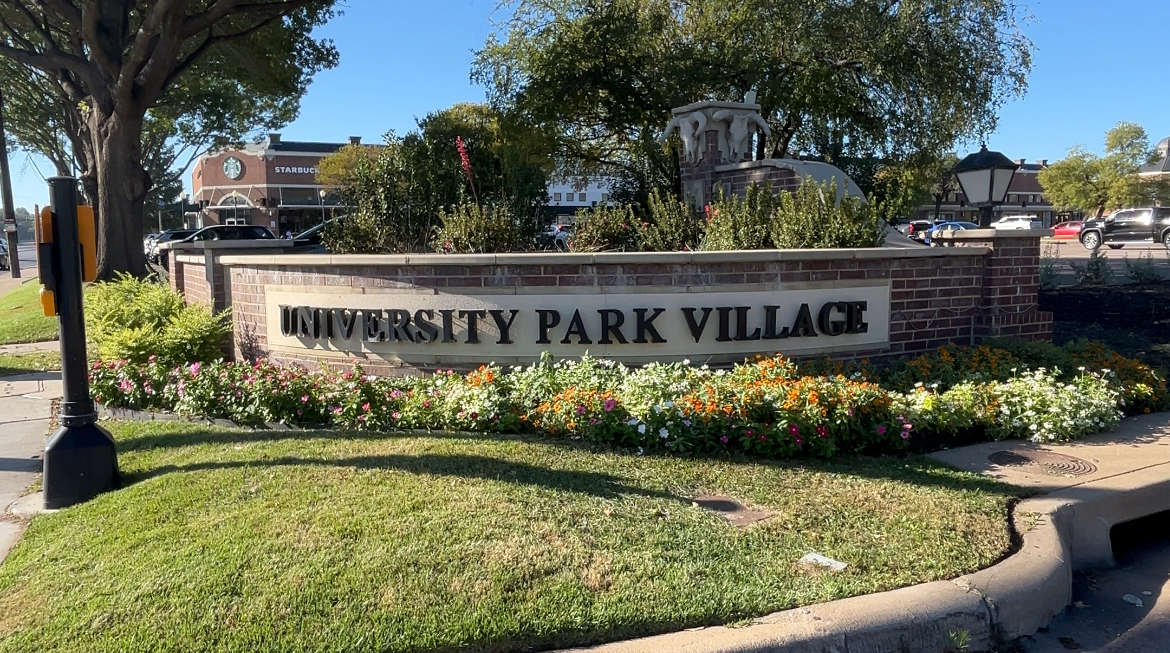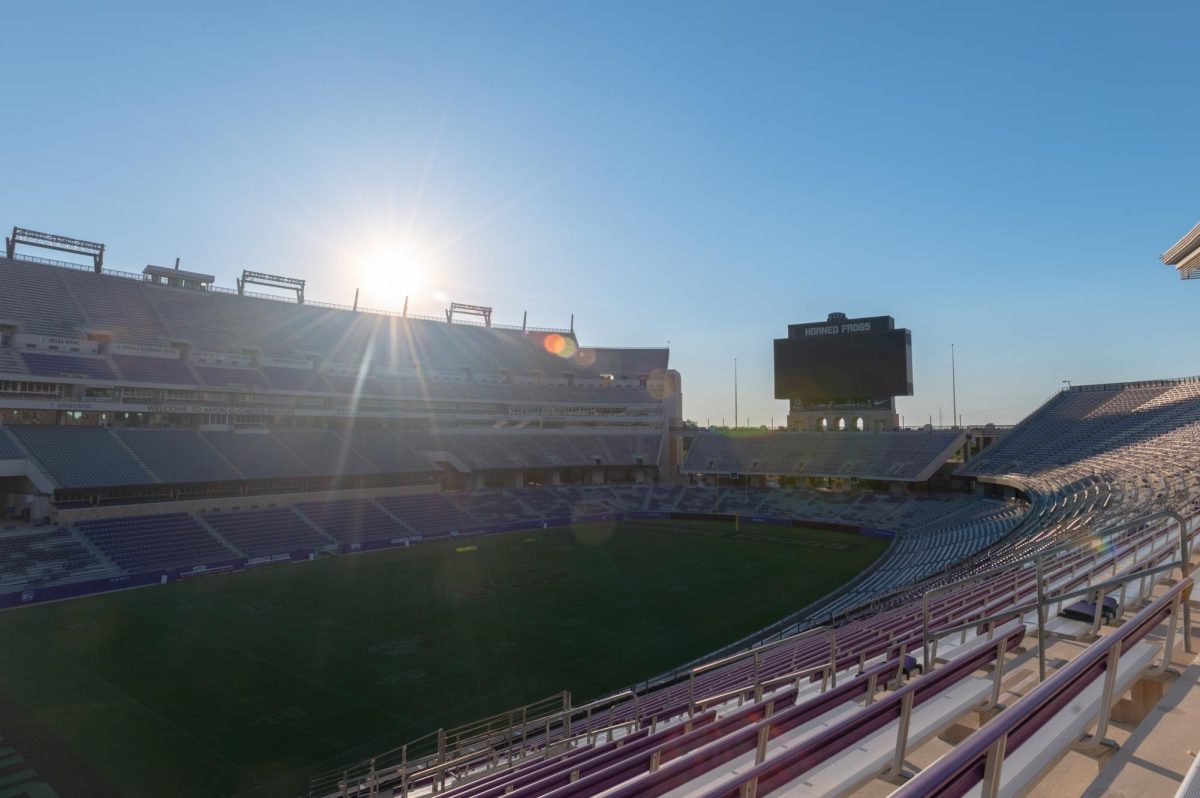The TCU building boom has resulted in more than new campus showplaces – the university is also seeking to become known for its efforts at conservation and sustainability.
Since 2008, the university has constructed more than 20 new buildings and/or major additions adding more than 700,000 square feet to the campus.
Associate Vice Chancellor for Facilities Todd Waldvogel, a retired United States Air Force lieutenant colonel, said the university’s minimum goal for new construction is to qualify for the U.S. Green Building Council’s Leadership in Energy and Environmental Design (LEED) silver standard. For about 3 percent of a project’s budget, he said, silver certification can be attained.
“The cost of LEED gold varies by project, but ours came at very little, if any, additional cost due to intelligent integration of construction strategies through the design process, Waldvogel wrote in an email. “We’ve had two LEED silver projects and eight LEED gold, with three more LEED gold pending final review."
“It’s more than just green,” he said. “It’s smart decisions to make it a nice working environment for people.”
TCU received recognition earlier this year when the Botanical Research Institute of Texas [BRIT] presented Provost Nowell Donovan a Regional Award of Excellence in Sustainability Education.
Holly Ellman, TCU’s assistant director of strategic communication, wrote in an email that the award was given for the university’s energy and water conservation, design and construction, food services, the promotion of recycling and waste reduction by its student population and course offerings in sustainability.
BRIT’s headquarters, 1700 University Drive just north of the 109, boasts platinum LEED certification.
Inside, a wall is covered in what Chris Chilton, BRIT’s marketing and public relations director, described as sinker cypress — logs that were recovered from the bottom of the Mississippi River where they sank more than 100 years ago. In addition, the building’s carpet is made of wool, which is a renewable substance.
Vines climb upward along an exterior wall, which Chilton said is part of the outdoor natural landscape and also helps insulate the building and conserve energy.
Some TCU buildings have attained a LEED’s gold and others, like the Jones Hall and the Anne Richardson Bass addition and renovation, will probably receive the silver certification, Waldvogel said. He said the university is not currently pushing for platinum.
“As beautiful as the natural grasses are, it’s not the right place to go play Frisbee or sit under a tree and read a book,” he said. “We have not transitioned to the place where we are forgoing natural landscape just because of the type of environment we are trying to present to the students.”
Waldvogel said the university has worked hard to balance its commitment to budget, students and the environment. He said that commitment is evidenced in such areas as mechanical controls that conserve heating and cooling, to plumbing and lighting and simple things like doormats and bicycle racks.



